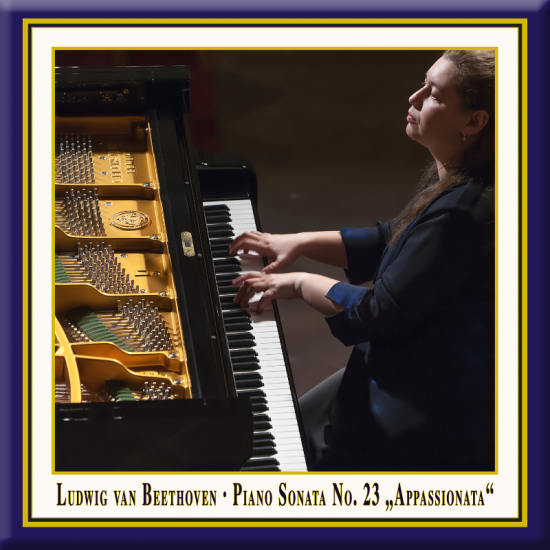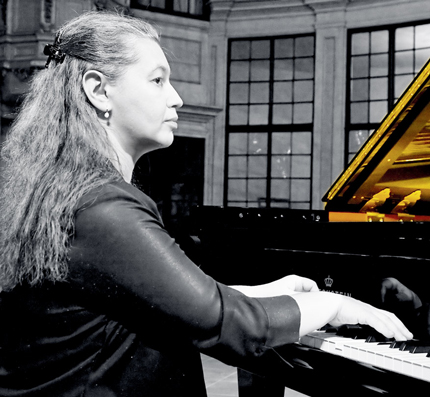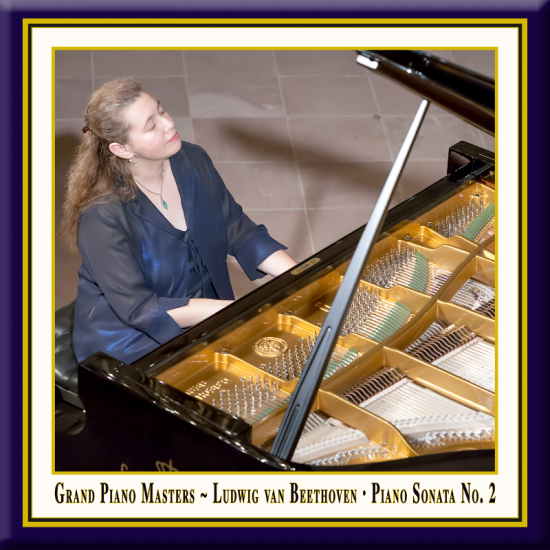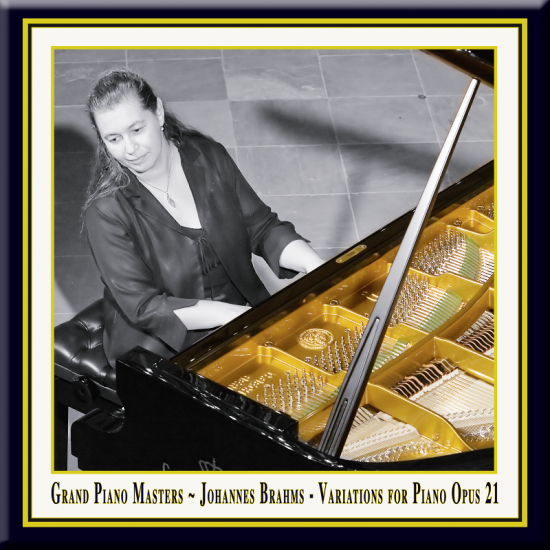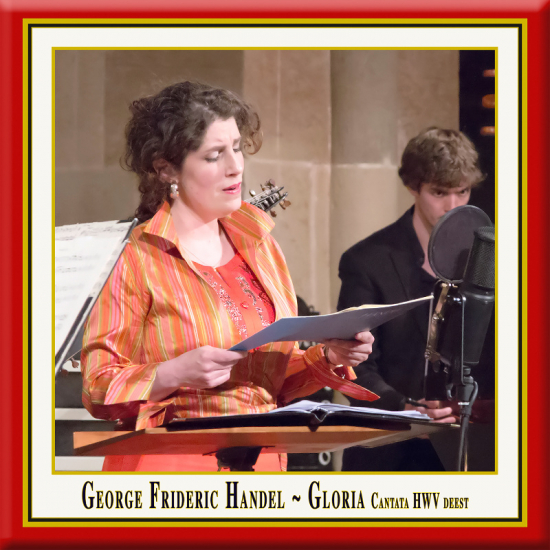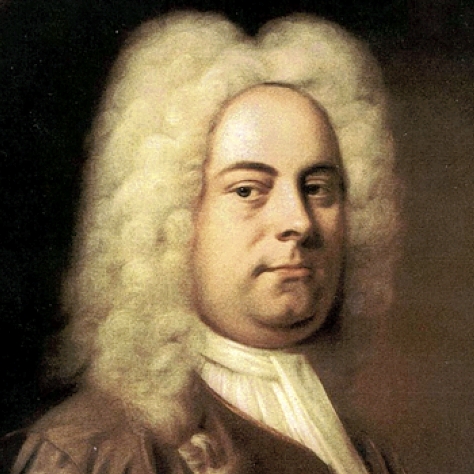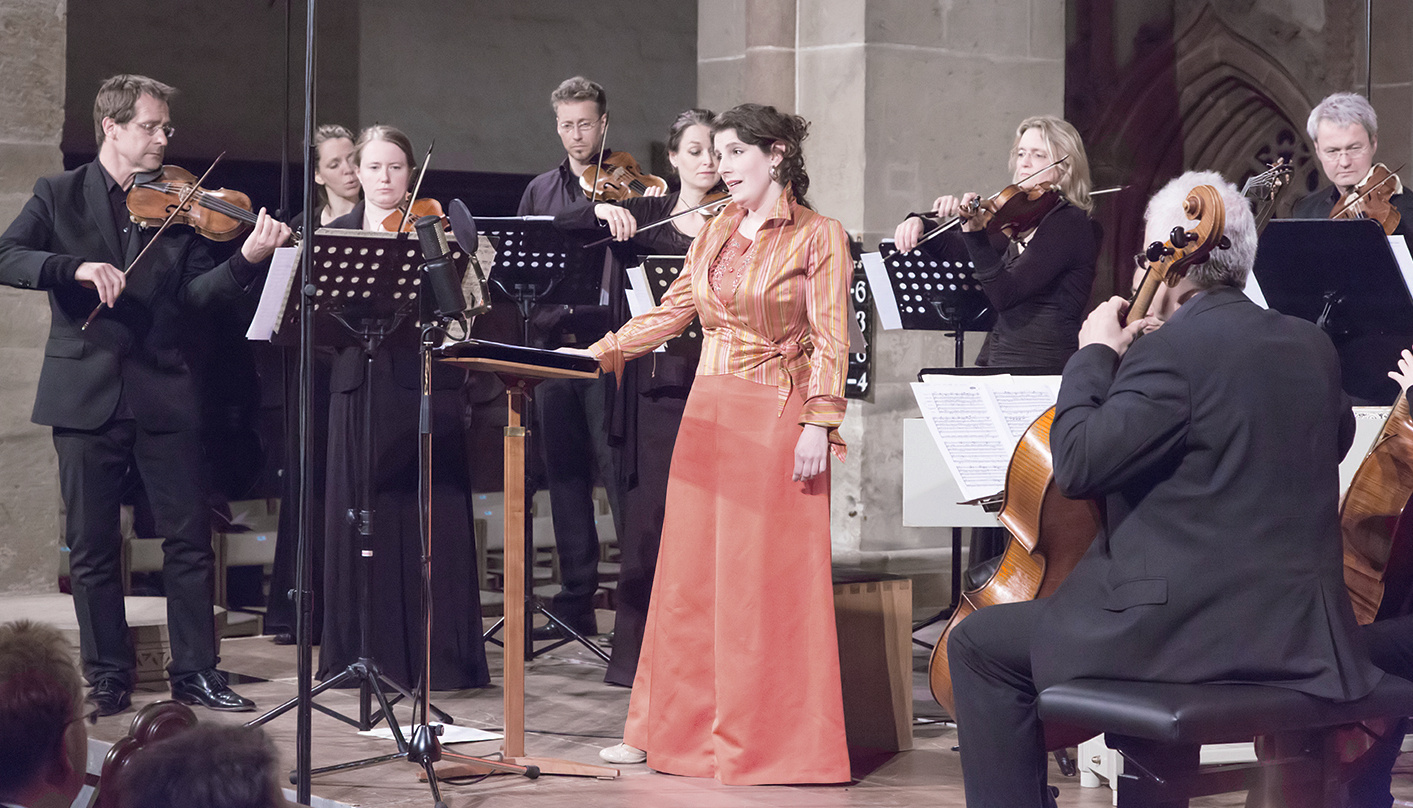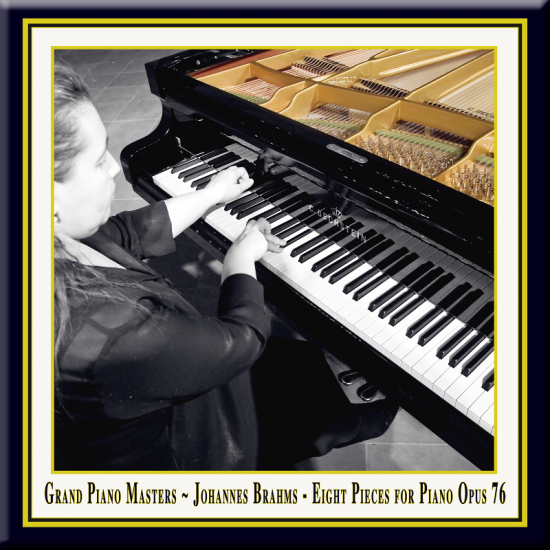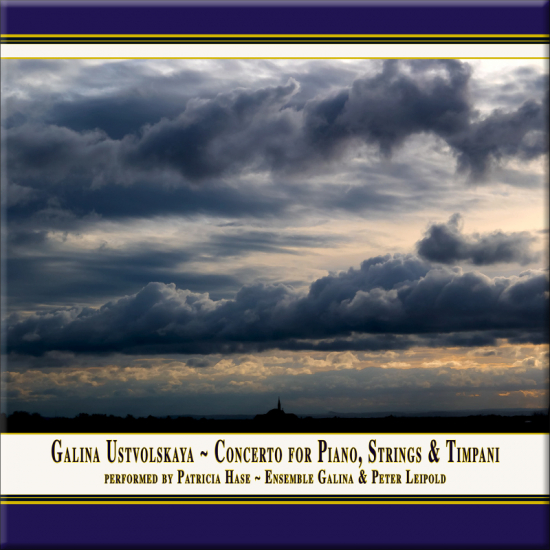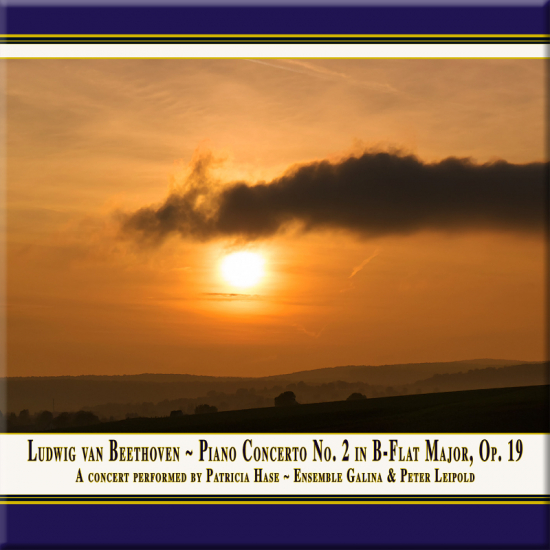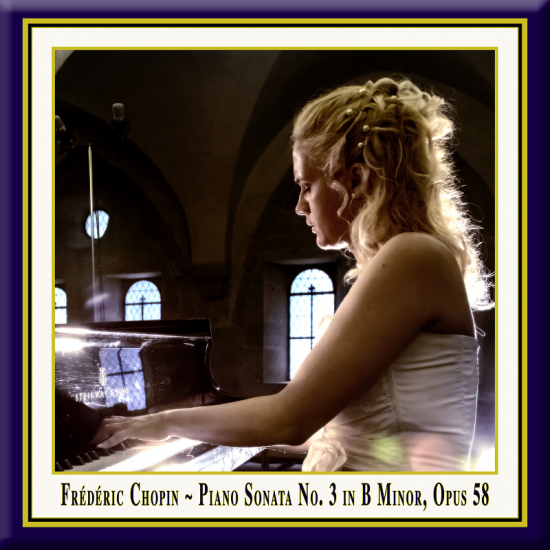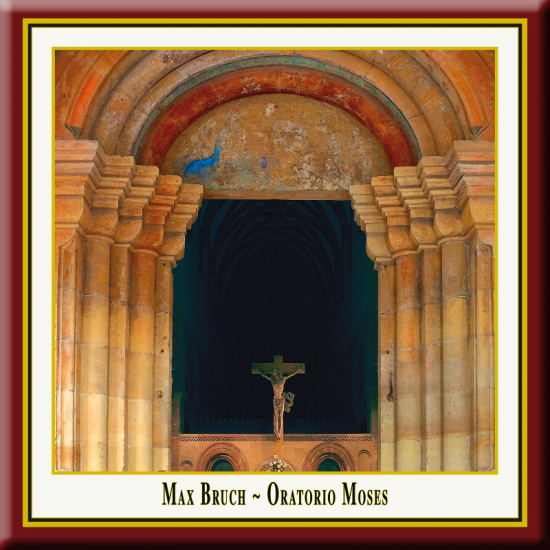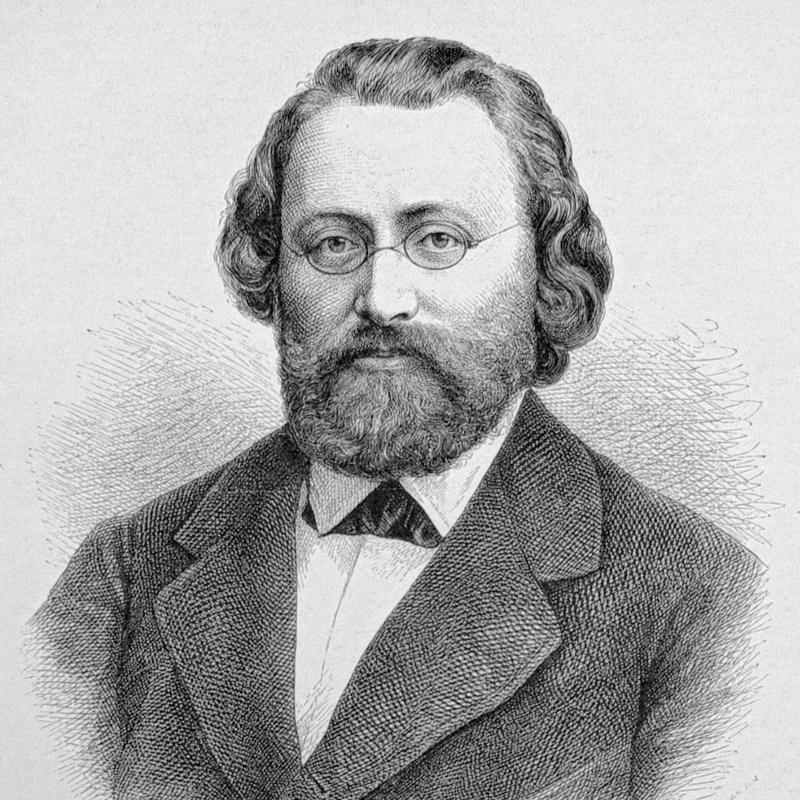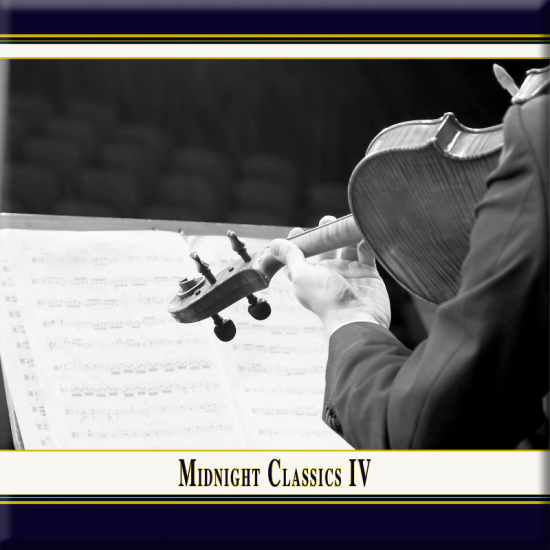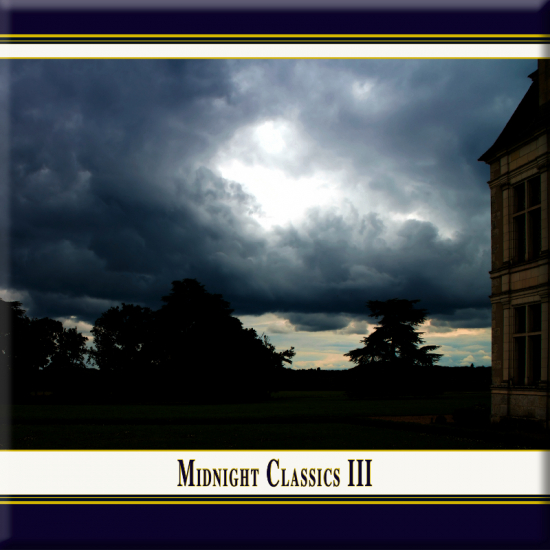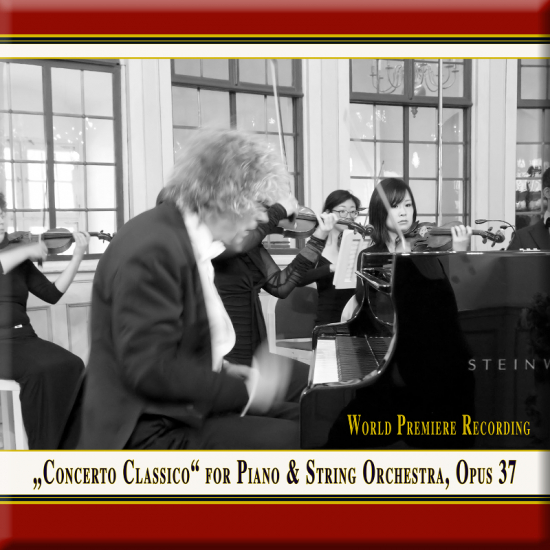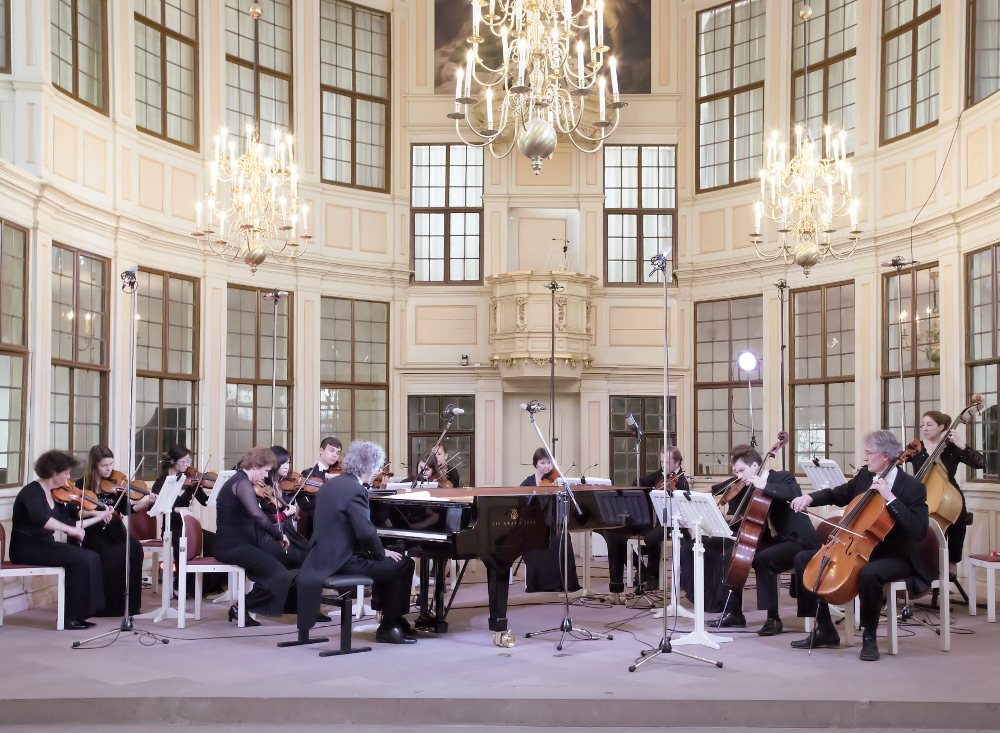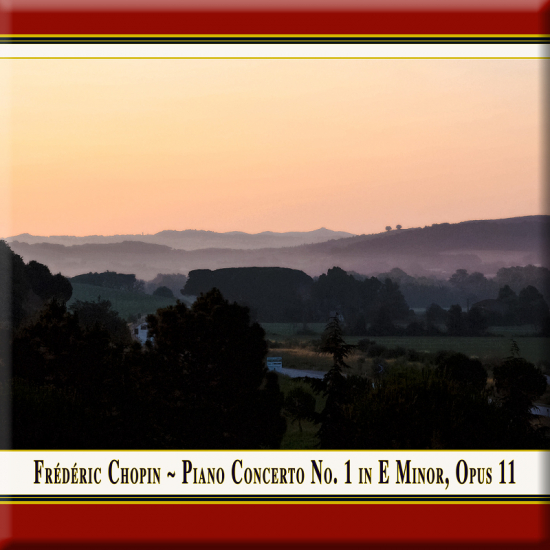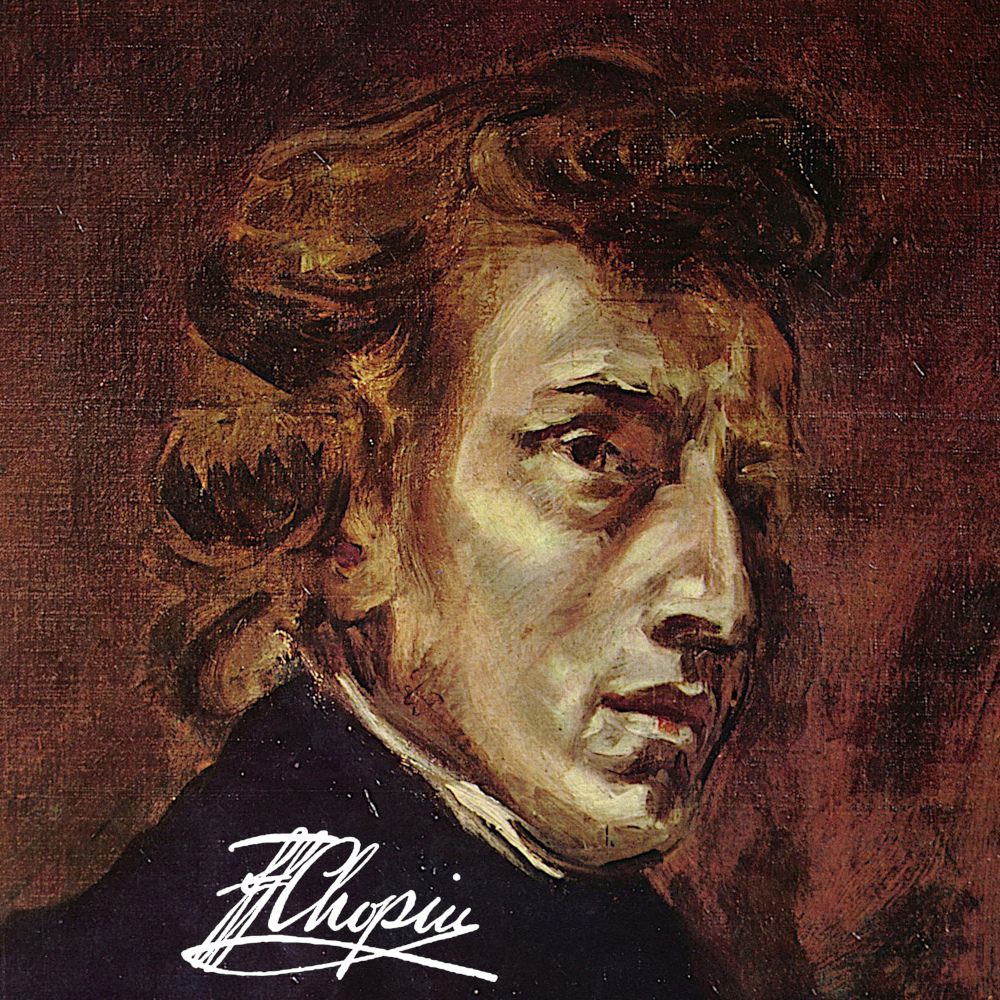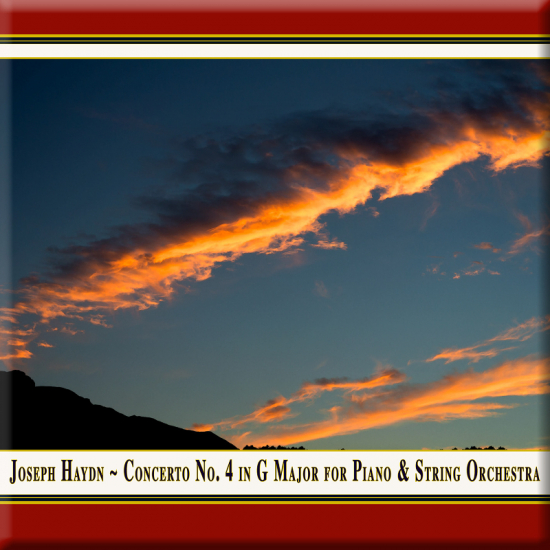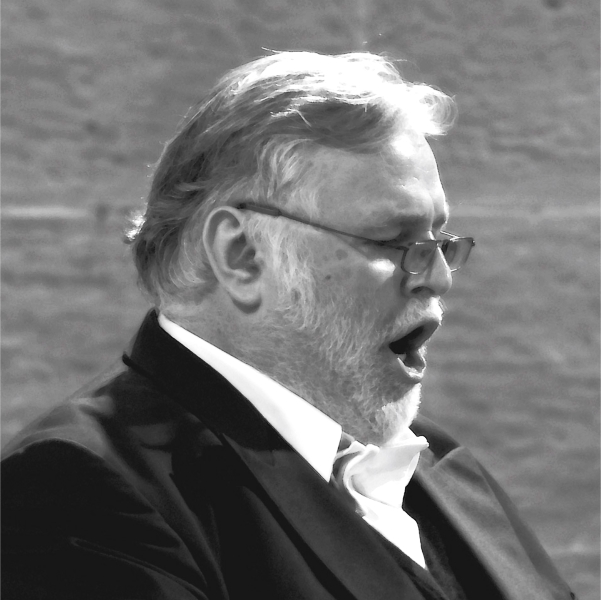
Peter Lika ~ Bass (Moses)
Peter Lika began his singing career as a soloist in the boys' choir Regensburger Domspatzen and is considered one of the leading bassists in the concert and opera circuit. Paired with a finely balanced, dramatic expressiveness, his unmistakable timbre makes him a predestined soloist for roles such as that of the prophet Moses. Conductors like Masur, Schreier, Rilling, Gardiner, Marriner, Norrington, Celibidache or Herreweghe appreciate working together with Lika, as do renowned international orchestras, not least due to his extensive repertoire and also his longstanding experience with early music. Performances with the Gewandhaus Orchestra of Leipzig, the Bamberger Symphonic, the Chicago Symphony Orchestra, the Israel Philharmonic Orchestra and nearly all German broadcast orchestras have led Lika to the major musical centres of Europe, Asia, and USA. Finally, song programmes are also part of Lika's repertoire; with Sawallisch, he has recorded Schubert's vocal epos among other things.
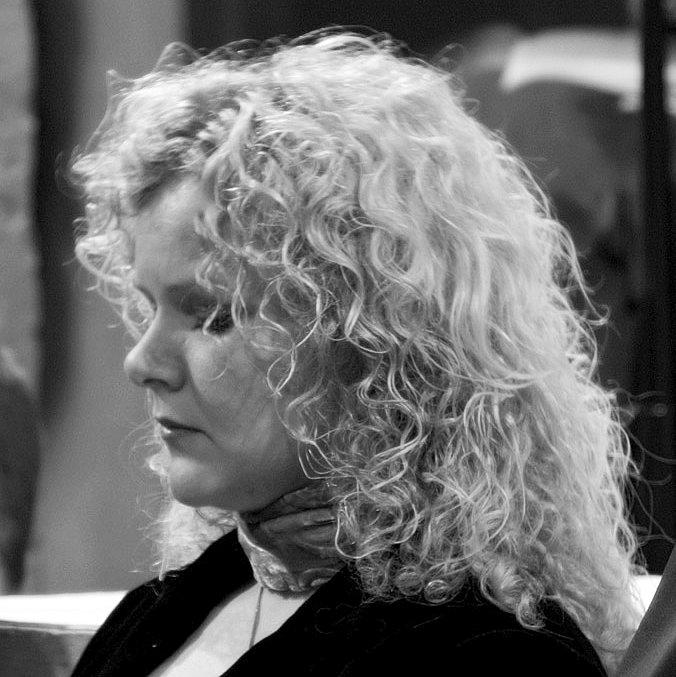
Birgitte Christensen ~ Soprano (Angel of the Lord)
Birgitte Christensen was born in 1972 in Norway. She concluded her vocal training in 1997 at the state conservatory in Oslo. In November 1998 she made her extremely successful debut at the Norwegian National Opera as the Queen of the Night and was distinguished with the prestigious Esso award for outstanding opera performances. Since December 1999 she has been engaged by the Innsbruck Theatre where she has sung the main role in Händel's Partenope, Liu in Turandot and the Queen of the Night. In June 2000, she received a grant for her part in Partenope and was awarded the Eberhard Wächter medal.
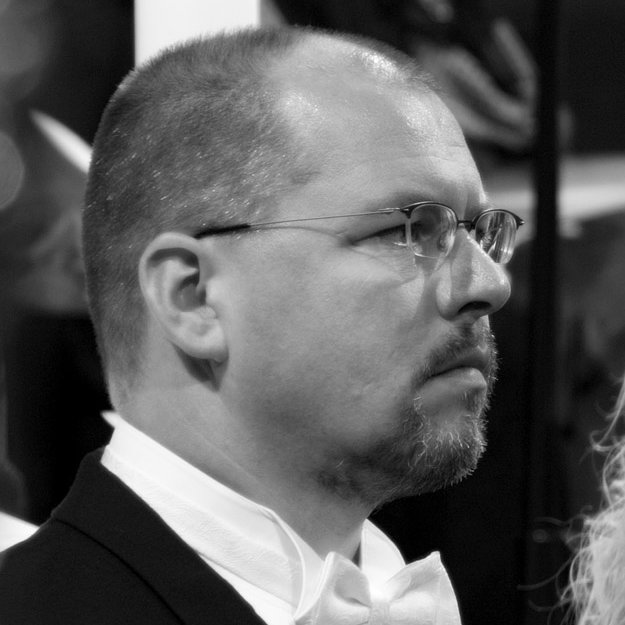
Stefan Vinke ~ Tenor (Aaron)
Stefan Vinke was born in Osnabrück and studied song with the court singer Edda Moser in Cologne, and with Eugene Kohn. The accomplished church musician received his first engagement at the Karlsruhe State Theatre of Baden in 1993. He sang for two seasons here before switching to the Krefeld-Mönchengladbach Theatre. Jun Märkl engaged Stefan Vinke for the 1999/2000 season as the 1st youth heroic tenor at Mannheim's National Theatre. In the new Ring, Stefan Vinke sings the role of Siegmund, followed by Lohengrin, Parsifal, Florestan and Tristan.
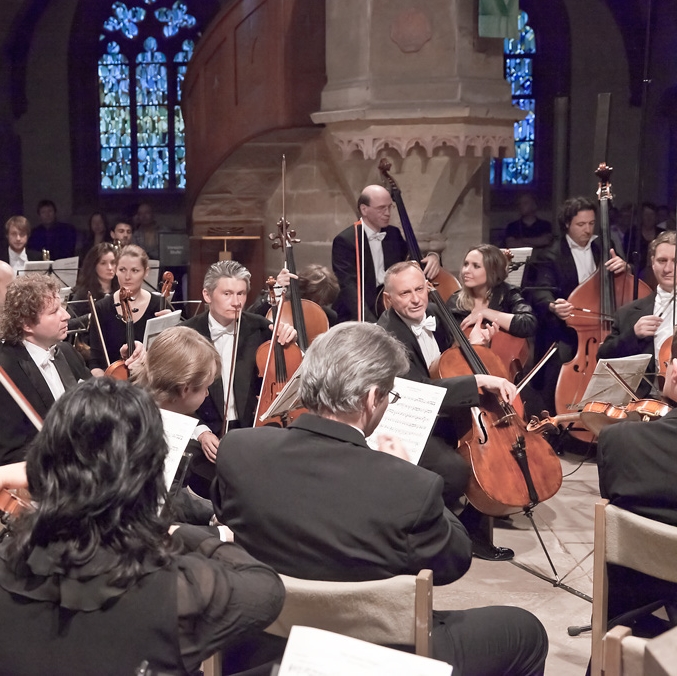
Russian Chamber Philharmonic Orchestra St. Petersburg
The orchestra was founded in 1990 by graduates of the St. Petersburg Rimsky-Korsakoff Conservatory. The tours with Mstislav Rostropovitch, Igor Oistrakh, Mikis Theodorakis, Nina Corti and Giora Feidman as well as with opera and ballet soloists of the Moscow Bolschoi Theatre and the St. Petersburg Mariinski Opera attracted international interest. Performances in the cities of Paris, Rome, Madrid, Amsterdam, London, Frankfurt, Munich and Leipzig as well as at various festivals testify of the orchestra's exceptional status.
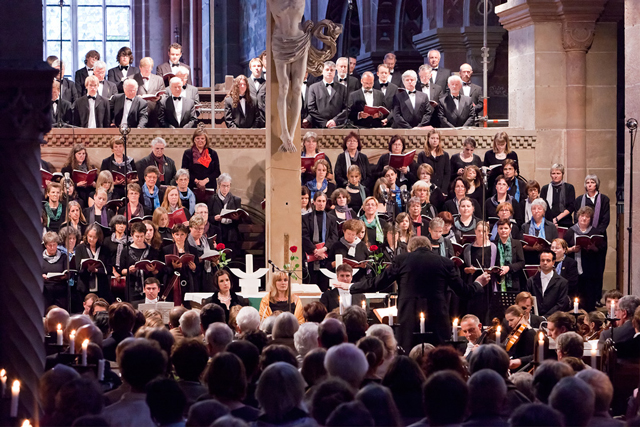
Maulbronn Cantor Choir
The Maulbronn Cantor Choir (German: Kontorei Maulbronn) is the large oratorio choir of the monastery in Maulbronn. The choir was founded in 1948 as a federation of the Evangelic Church Choir Maulbronn and the choir of the Evangelic Seminar Maulbronn. In this tradition the choir is formed today with ambitious choral singers from the region and students and former students of the Seminar Maulbronn (gymnasium with boarding school). Over those many years of its existence the choir has performed the complete repertoire of popular oratorios and worked together with orchestras like the 'Southwest-German-Radio-Symphony-Orchestra Baden-Baden and Freiburg', the 'Central German Chamber Orchestra', the 'Southwest German Chamber Orchestra Pforzheim' or the 'Baden Philharmonic Orchestra'. Soloists of these performances were artists like Barbara Schlick, Maya Boog, Sandra Moon, Sophie Daneman, Marga Schiml, Elisabeth von Magnus, Hans Peter Blochwitz, Aldo Baldin, Marc Clear, Markus Brutscher, Peter Lika, Gotthold Schwarz and Ludwig Güttler. The German television station ZDF broadcasted a portrait about the Choir, and the choir has participated in live radio recordings for the SDR, SWR, Deutsche Welle and Deutschlandfunk.
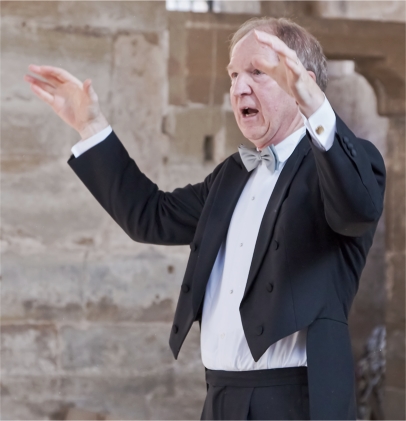
Jürgen Budday ~ Conductor
Prof. Jürgen Budday (born 1948) is conductor, director of church music, music teacher and artistic director of the concert series at the UNESCO World Heritage Site Maulbronn Abbey. He started teached at the Evangelical Seminar in Maulbronn from 1979 till 2012. This also involved his taking over as artistic director of the Maulbronn Monastery Concerts and the cantor choir in 1979. He studied church music and musicology at the Academy of Music in Stuttgart from 1967 to 1974. In 1992, he was named Director of Studies, in 1995 came the appointment as Director of Church Music and in 1998 he was honored with the "Bundesverdienstkreuz" (German Cross of Merit) as well as the Bruno-Frey Prize from the State Academy in Ochsenhausen for his work in music education. In 1983 Jürgen Budday founded the Maulbronn Chamber Choir (Maulbronner Kammerchor) with whom he won numerous national and international awards. At the Prague International Choir Festival, for example, Jürgen Budday received an award as best director. Since 2002, he has also held the chair of the Choral Committee of the German Music Council and became director and jury chairman of the "German Choir Competition" (Deutscher Chorwettbewerb). In 2008, he received the silver Johannes-Brenz-Medal, the highest honoring of the Evangelical-Lutheran Church in Wuerttemberg. Jürgen Budday was honoured in 2011 with the honorary title "Professor". In May 2013 Prof. Jürgen Budday was awarded by the Association of German Concert Choirs with the "George-Frideric-Handel-Ring" - one of the highest honors for choir conductors in Germany. Thus Jürgen Budday followed Helmuth Rilling, who was honored with the ring from 2009 till 2013.
Jürgen Budday has started a cycle of Handel oratorios that is planned to span several years, which involves working with soloists like wie Emma Kirkby, Miriam Allan, Michael Chance, Nancy Argenta, Mark Le Brocq, Charles Humphries, Stephen Varcoe (to name but a few). The live recordings of these performances, that have received the highest praise from reviewers, has won him international recognition. Till these days 11 oratorios by G.F.Handel are documented on discs.
"No conductor and no choir have so consistently recorded so many Handel oratorios as Jürgen Budday and his Maulbronn Chamber Choir." (Dr. Karl Georg Berg, Handel Memoranda Halle 2008).
Maulbronn Cantor Choir
Soprano:
Uta Albrecht, Clara Buss, Ines Darilek, Hannelore Demuth, Ulrike Egler, Gertrud Fahnenbruck, Claudia Fischer, Gretel Flasshoff, Erika Frasch, Christel Gebicke, Dörthe Glogner, Mirjam Grauli, Eva Günthner, Ute Günthner, Birgit Gutekunst, Frauke Harms, Hanna Hitziger, Andrea Klein, Gabriele Königs, Amrei Kriener, Annette Krtscha, Ursula Lang, Erika Langer, Irmgard Leins, Gerda Lemberg, Helga Leppek, Liane Matheis, Silke Mürdter, Gisela Pöthe, Lena Renkenberger, Christina Riek, Gerlinde Roos, Anna Schlimm, Nelly Schlimm, Christa Schmetzer, Amelie Spätgens, Beate Speck, Lore Stalter, Ute Troyke-Immel, Edda Ullrich, Bettina Wagner, Inge Wanner
Altus:
Verena Balcarek, Ulrike Bickel-Lang, Rosemarie Bohn, Eva-Maria Brückner, Helge Bührer, Dorothee Combe, Ulrike Egerer, Gertrud Erhardt-Raum, Doris Frank-Dietz, Barbara Fritsch, Ann-Katrin Fuierer, Dorothea Haiges-Obenland, Eva-Maria Herrmann, Dorothea Irion-Küenzlen, Christina Jungfer, Ursula Kaufmann, Stefanie Knappe-Retsch, Elisabeth Kümmerle, Angelika Kuveke, Maria Matzen-Mauch, Irmgard Miehlich, Margit Rapp, Dorothea Reininghaus, Anette Rösler, Beate Roth, Maria Smejkal, Sophie Sterzer, Ruth Weida, Helga Weber, Daniela Rosenberger
Tenor:
Wolfgang Altenmüller, Ernst-Dietrich Egerer, Jürgen Huttenlocher, Christoph Irion, Hartmut Leins, Thomas Müller, Dr.Bernhard Olt, Helmut Schmid, Harald Schroeder, Walter Toepfer, Michael Wagner, Manfred Wanner, Hans-Peter Weber
Bass:
Alfred Ankele, Dr. Reinhard Demuth, Bernhard Fräulin, Friedemann Frasch, Norbert Ganser, Kurt Glogner, Dr.med. Uwe Hage, Elmar Herkommer, Tobias Hitziger, Johannes Hruby, Stephan Irion, Christian Kloss, Ulrich Köhler, Jürgen Krug, Hans Kuveke, Hans Metzger, Wolfgang Miehlich, Hans-Martin Müller, Dr. Malte Neurath, Dr. Günther Rapp, Gottfried Retsch, Manuel Roller, Marcus Roller, Dieter Rudolf, Hans Schmid, Jan Smejkal, Jonathan Wahl











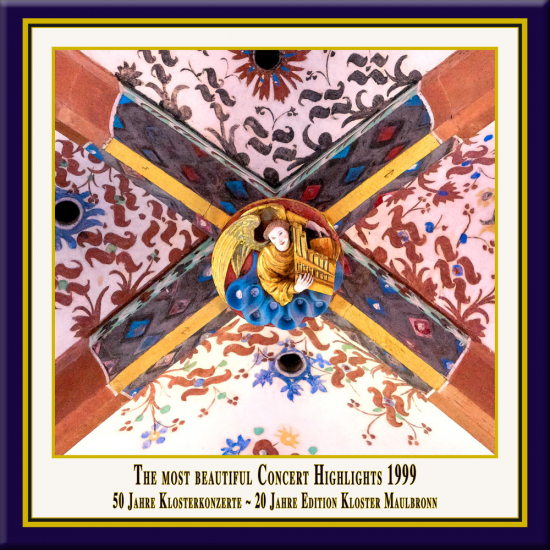



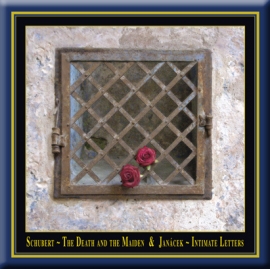
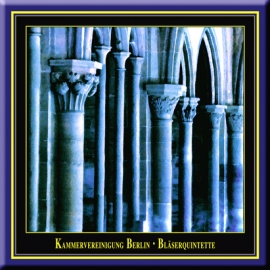
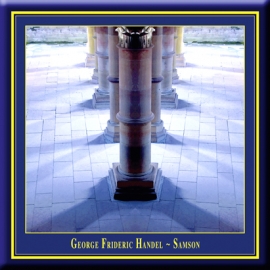
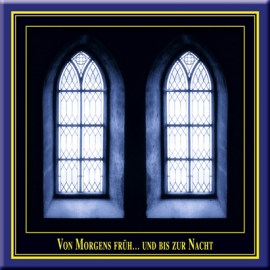


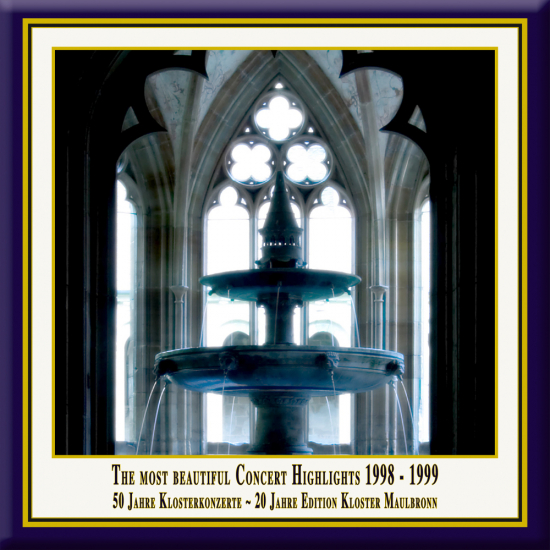
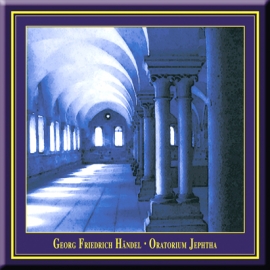
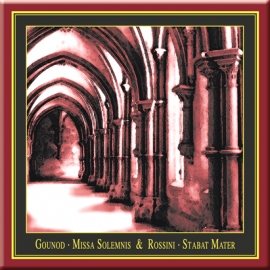
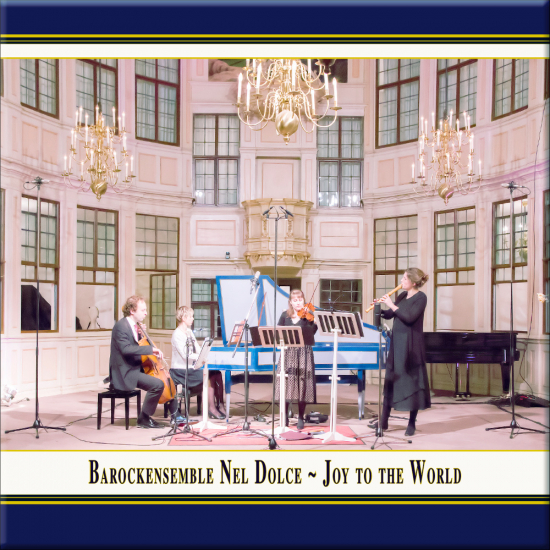

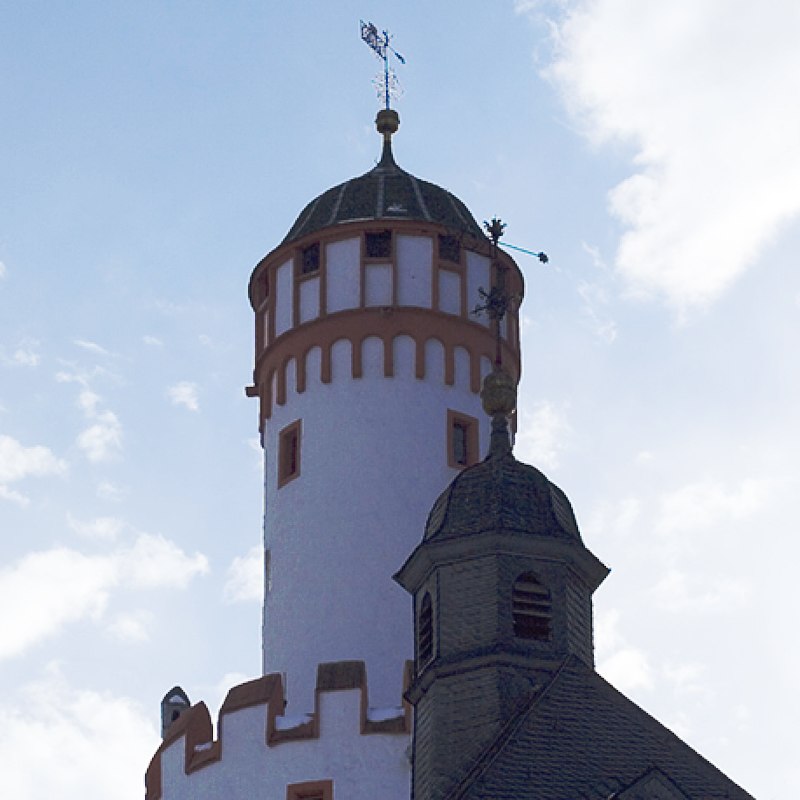

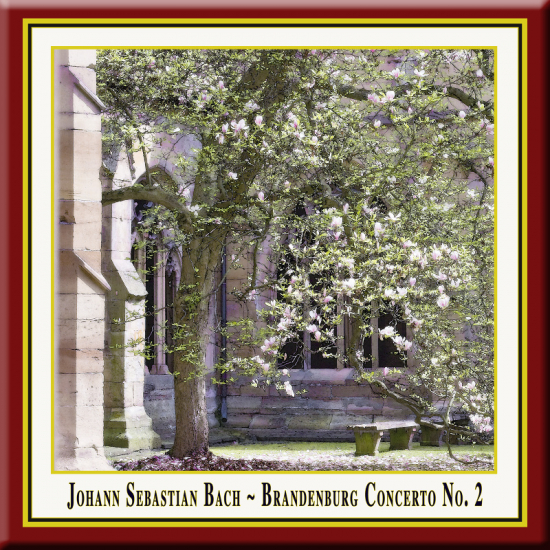
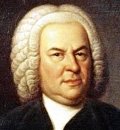
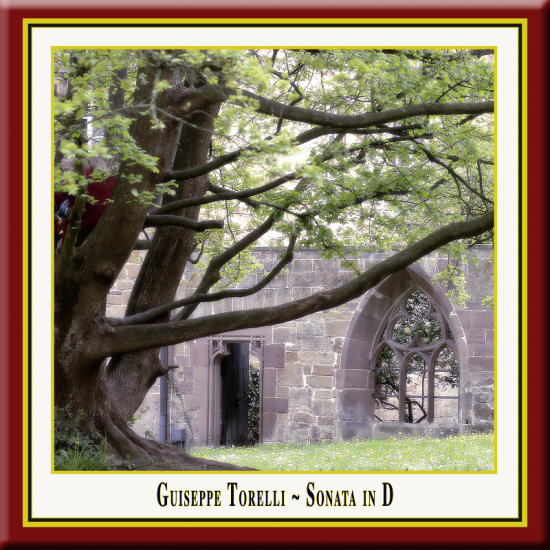
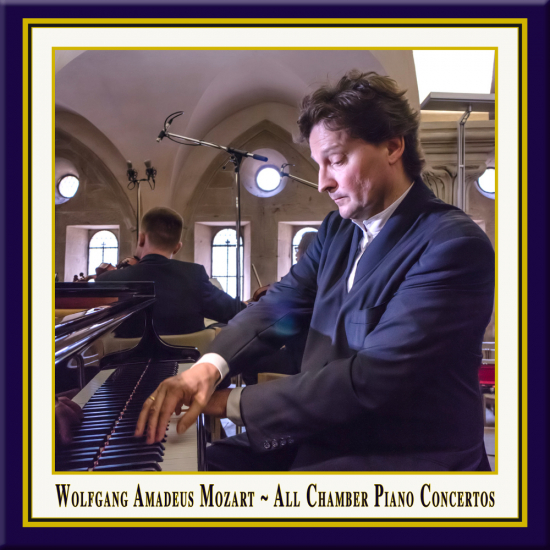
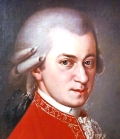
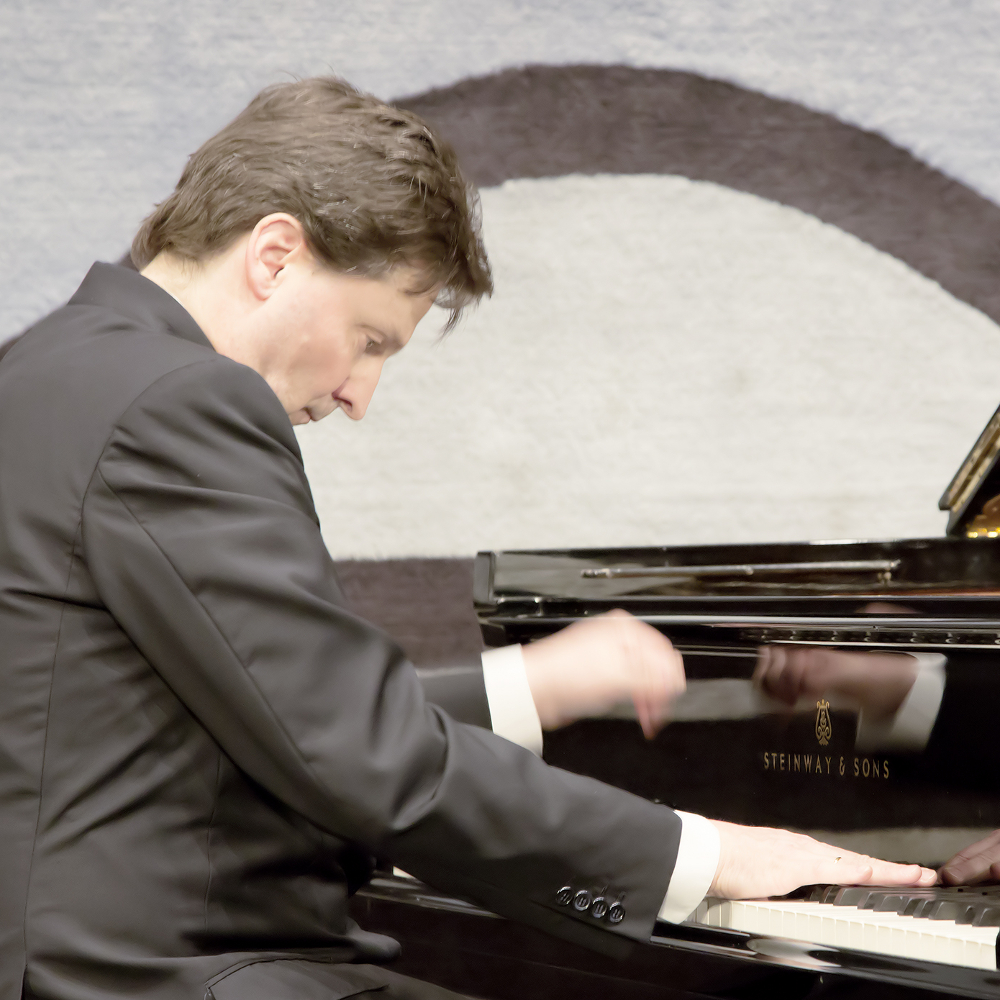
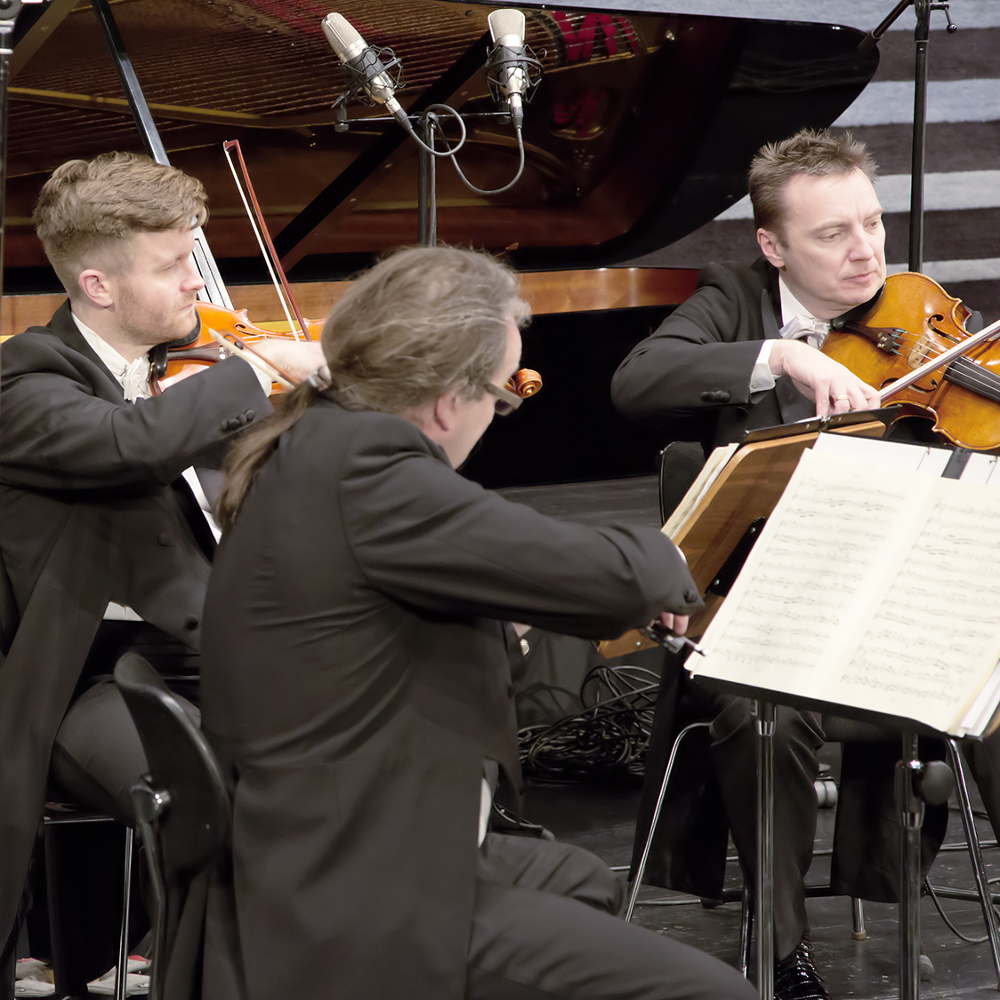


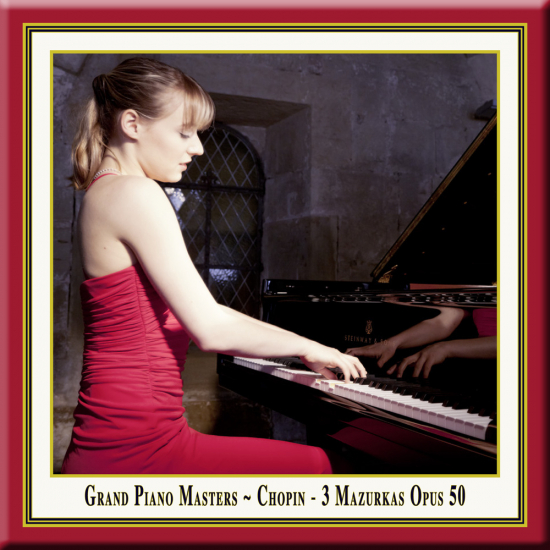
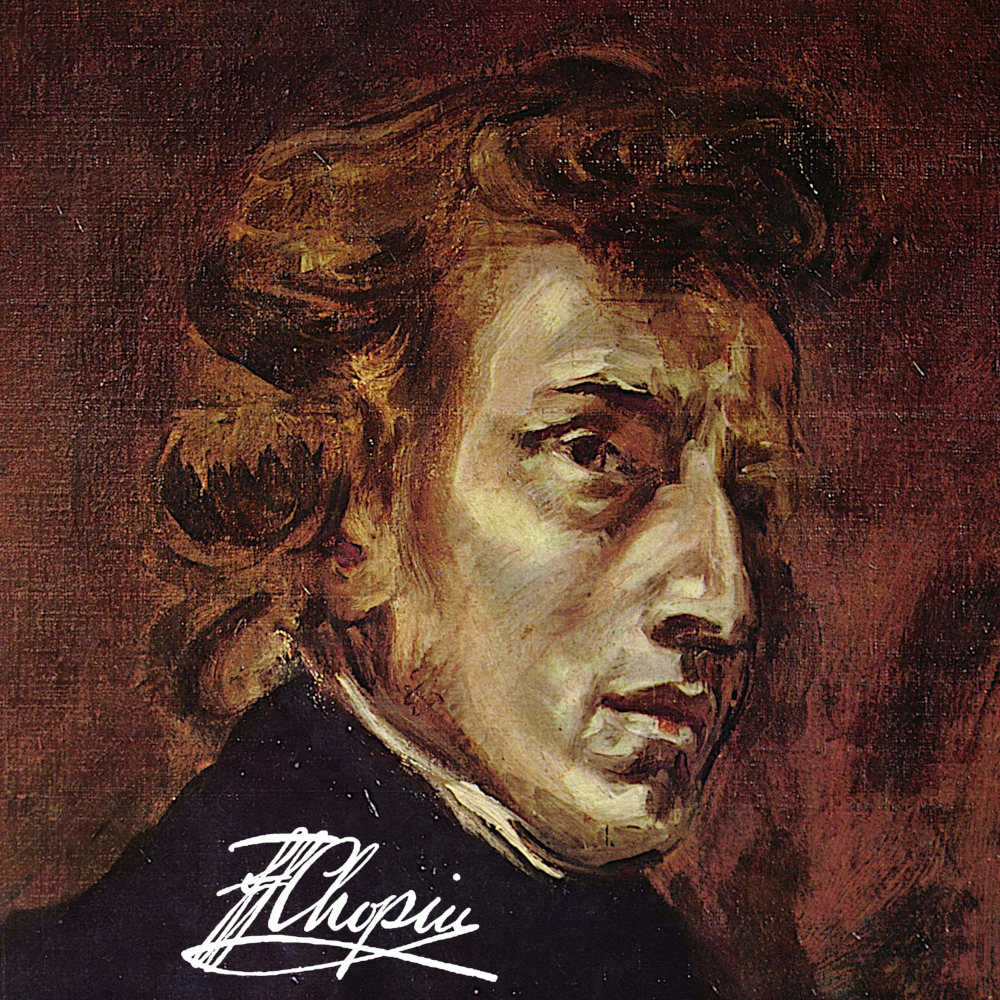
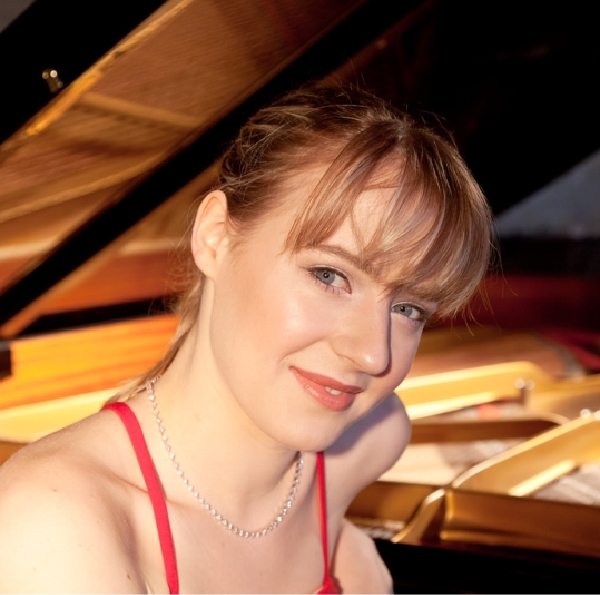
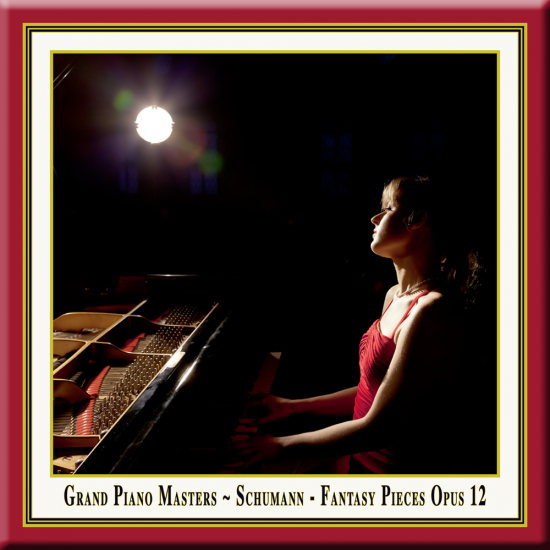
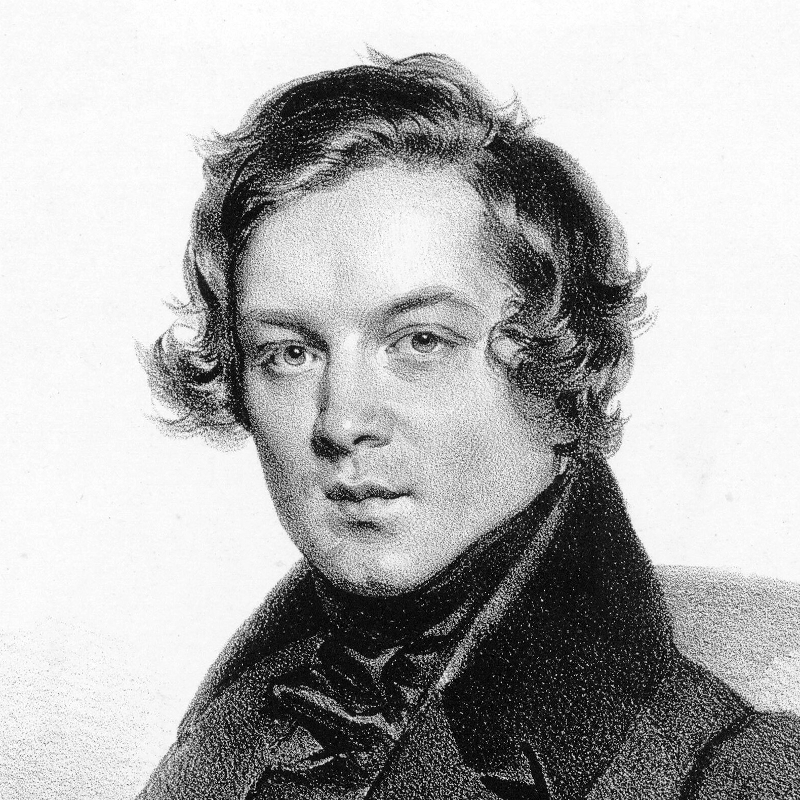
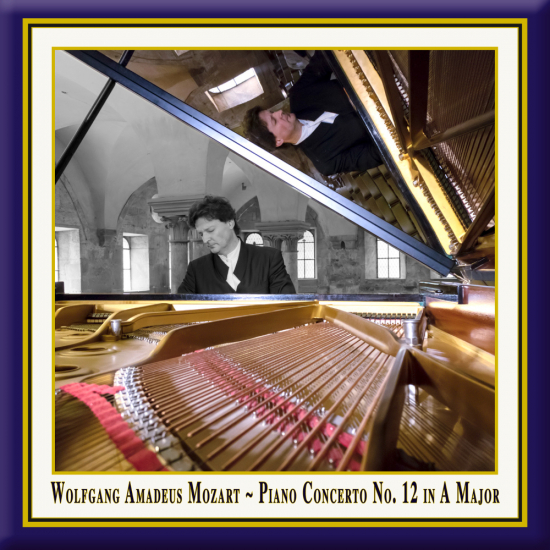
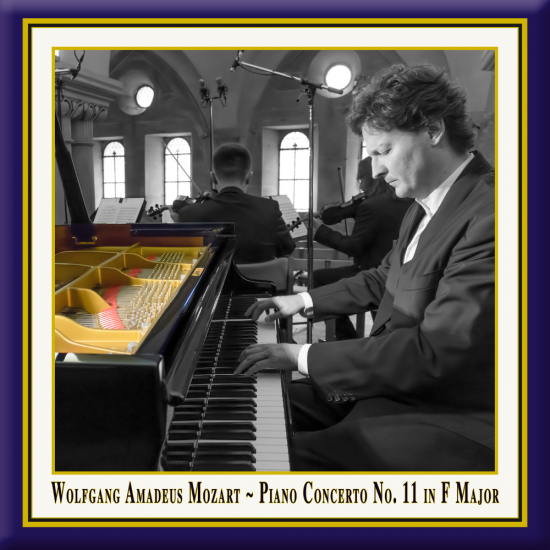
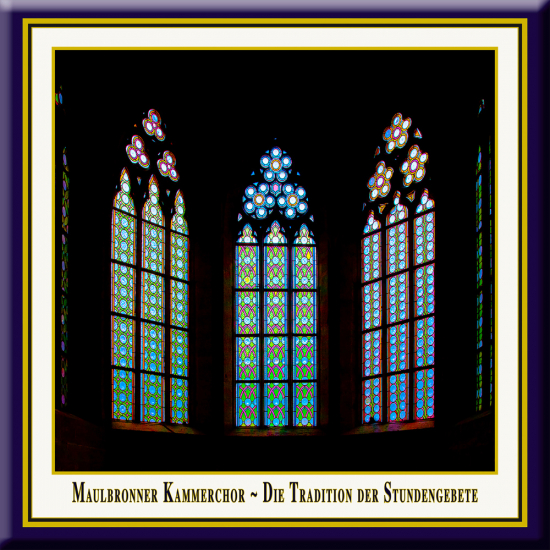
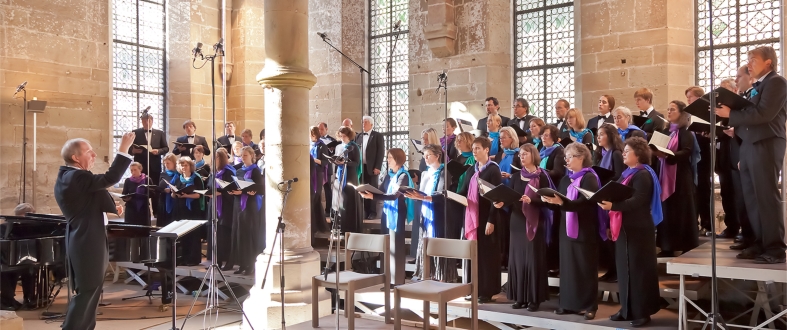

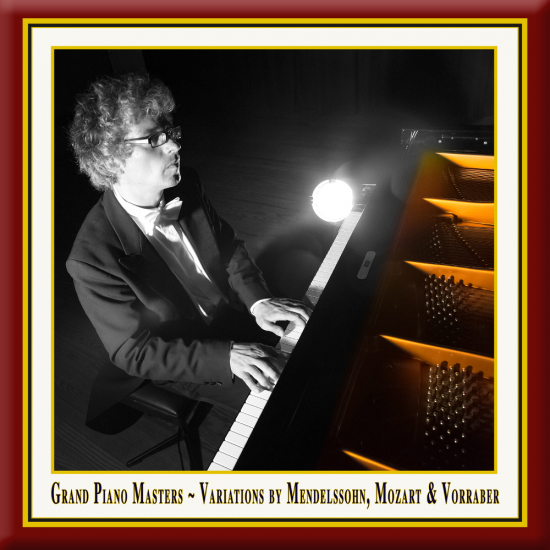
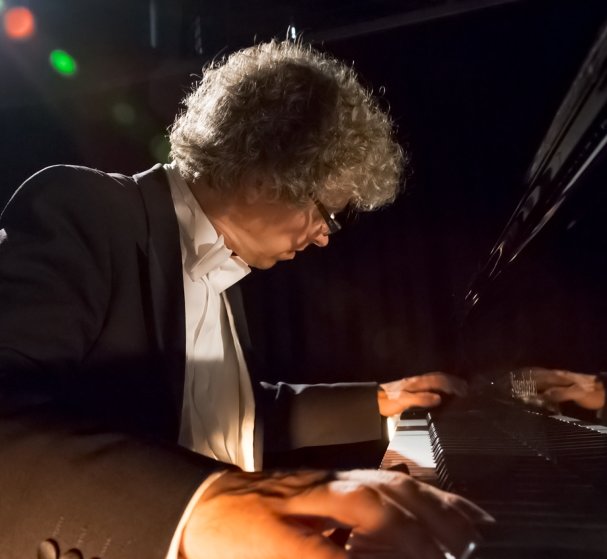
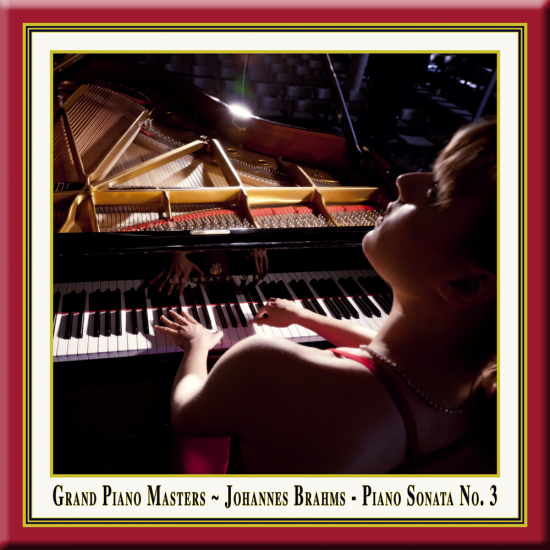
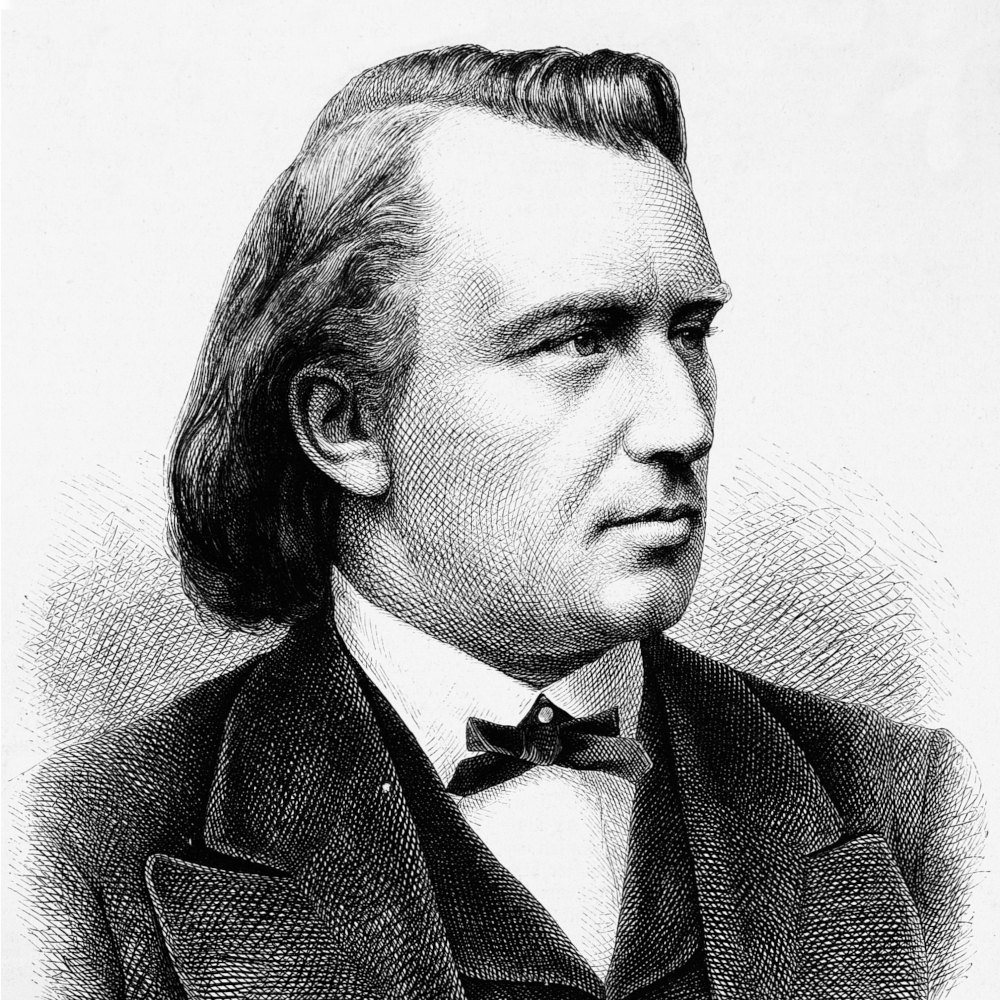
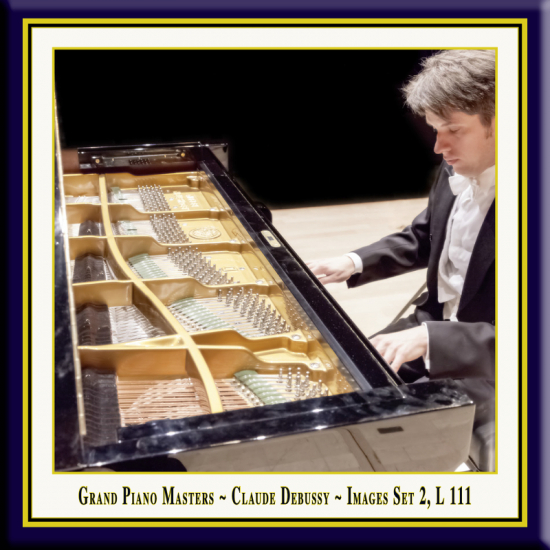
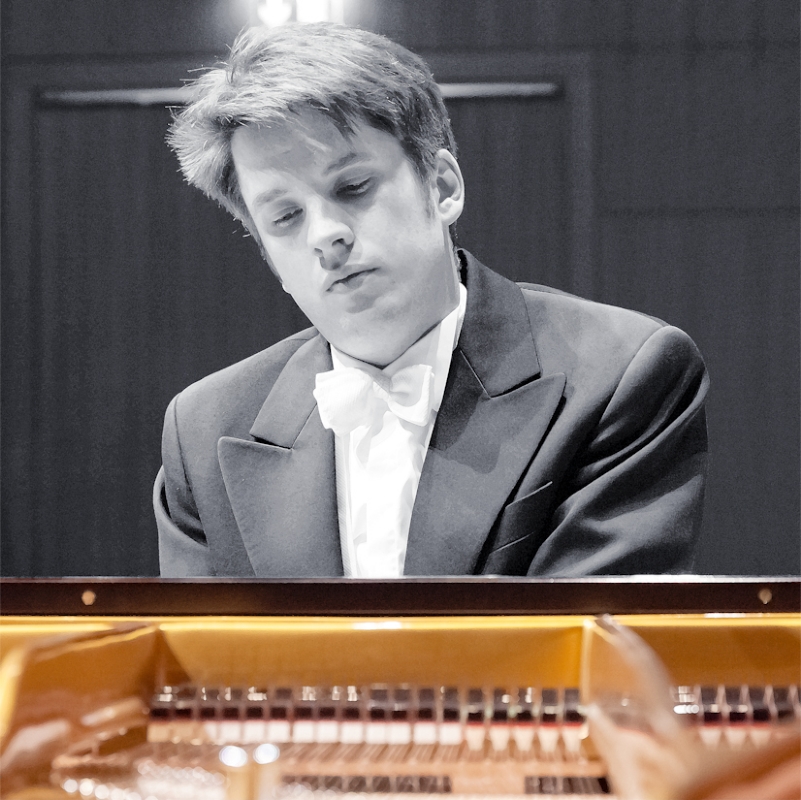


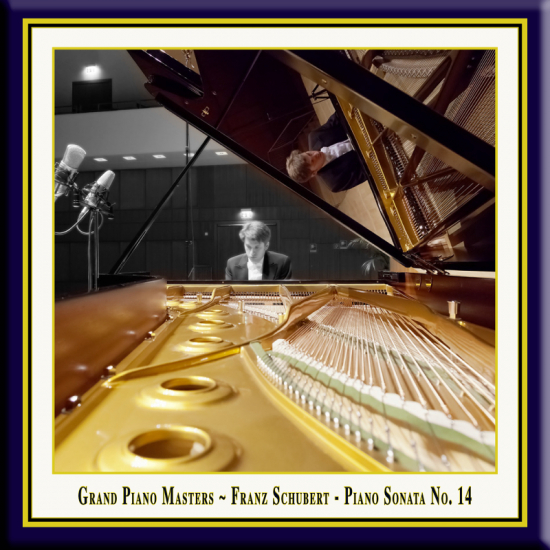
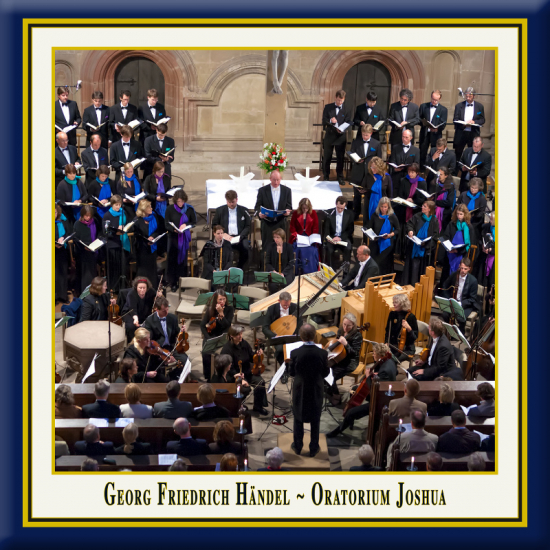

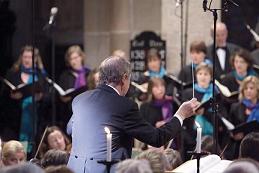 The unusual tempo of Handel's composition must have challenged Morell to the extreme and the result was more a sequence of events than a fully developed plot. But the characters are strong - Joshua an imperious/domineering (if also a sometimes unbearably conceited) hero, Kaleb the suitably patriarchal leader type, shortly before retirement and on the verge of leaving the battlefield forever, his daughter, Achsa, worried, occasionally disapproving and engaged to Othniel, who finds it difficult to strike the right balance between the role of the young warrior that has been thrust upon him and that of the devoted lover. Over and above all this, there is a small but important role for an angel. A later score gives this part to a tenor, but it is generally assumed that, as is to be expected, the angel was played by a female or boy soprano in earlier performances.
The unusual tempo of Handel's composition must have challenged Morell to the extreme and the result was more a sequence of events than a fully developed plot. But the characters are strong - Joshua an imperious/domineering (if also a sometimes unbearably conceited) hero, Kaleb the suitably patriarchal leader type, shortly before retirement and on the verge of leaving the battlefield forever, his daughter, Achsa, worried, occasionally disapproving and engaged to Othniel, who finds it difficult to strike the right balance between the role of the young warrior that has been thrust upon him and that of the devoted lover. Over and above all this, there is a small but important role for an angel. A later score gives this part to a tenor, but it is generally assumed that, as is to be expected, the angel was played by a female or boy soprano in earlier performances. At three points in the score, Handel notes that the brasses ought to be brought in and there is a short rhythmic entry at each of these points, on the basis of which the musicians of the time (led by the first trumpet) then had to improvise the necessary music. Handel's lavish casting of the oratorio points to the fact that his performances were financially secured. The large orchestra comprises - apart from the usual strings, oboes and bassoons - two flutes, trumpets, horns and timpani, respectively. Moreover, certain 18th century reports on performances gave us the idea of including cembalo, organ and archlute as continuo instruments. The most stunning passages of Handel's Joshua make full use of brass and timbali, and the resulting music is very impressive. Dramatic events like the collapse of the walls of Jericho, the destruction of the city by fire, Joshua's ability to stop the sun and moon in their tracks and to rouse an army of demoralized soldiers to action, not to mention the return of the hero in triumph from the battle offer heroic material that would have inspired any composer.
At three points in the score, Handel notes that the brasses ought to be brought in and there is a short rhythmic entry at each of these points, on the basis of which the musicians of the time (led by the first trumpet) then had to improvise the necessary music. Handel's lavish casting of the oratorio points to the fact that his performances were financially secured. The large orchestra comprises - apart from the usual strings, oboes and bassoons - two flutes, trumpets, horns and timpani, respectively. Moreover, certain 18th century reports on performances gave us the idea of including cembalo, organ and archlute as continuo instruments. The most stunning passages of Handel's Joshua make full use of brass and timbali, and the resulting music is very impressive. Dramatic events like the collapse of the walls of Jericho, the destruction of the city by fire, Joshua's ability to stop the sun and moon in their tracks and to rouse an army of demoralized soldiers to action, not to mention the return of the hero in triumph from the battle offer heroic material that would have inspired any composer.

